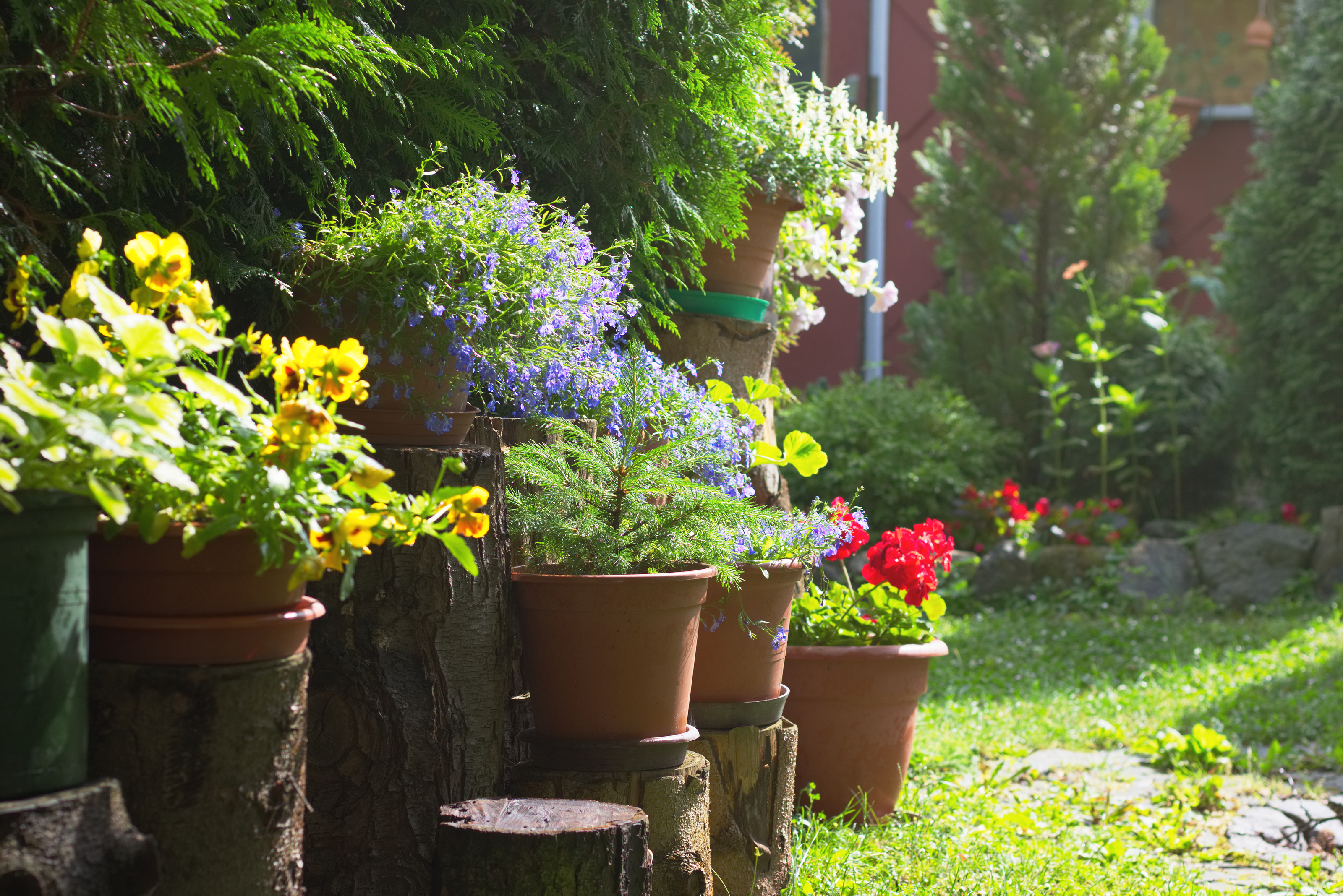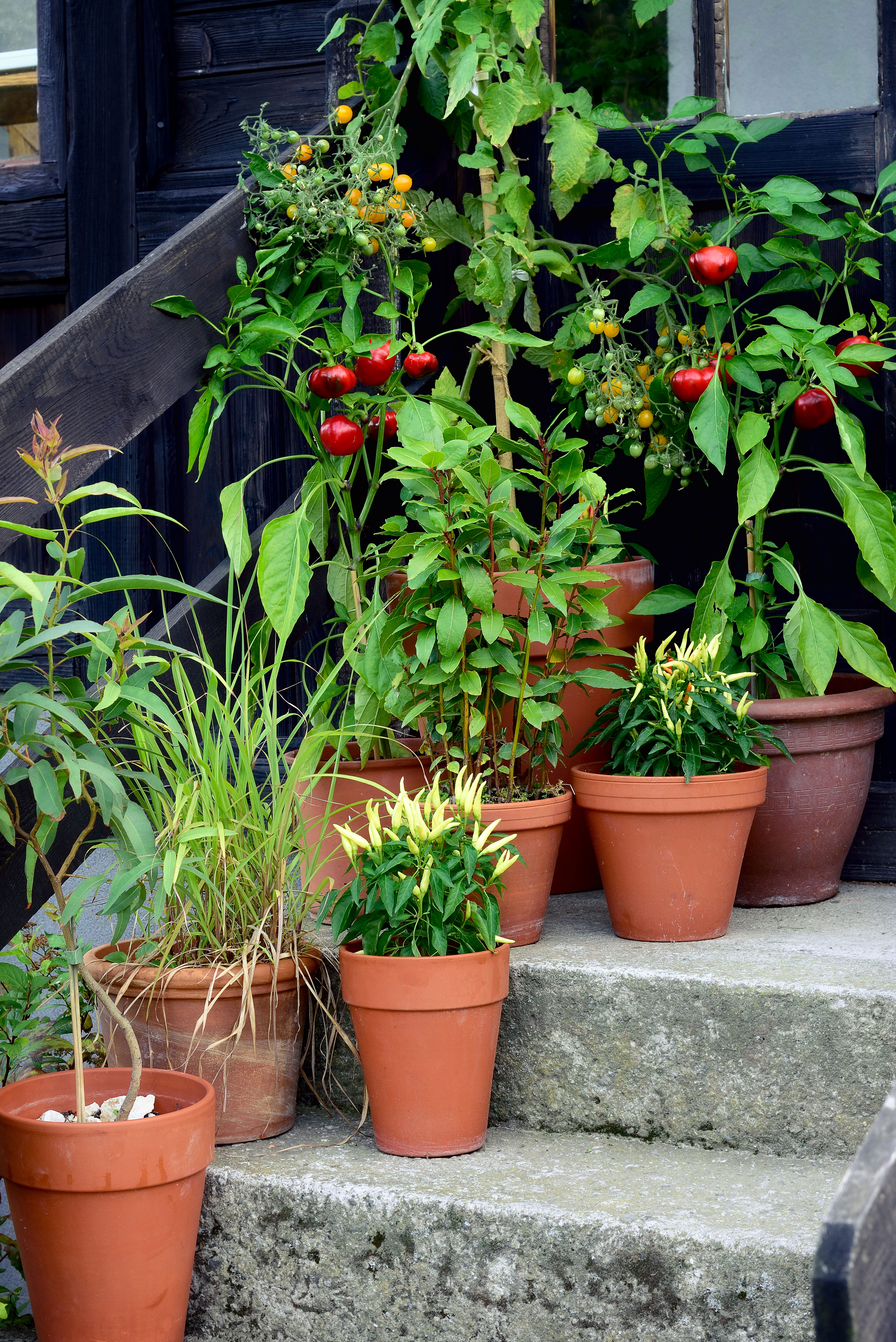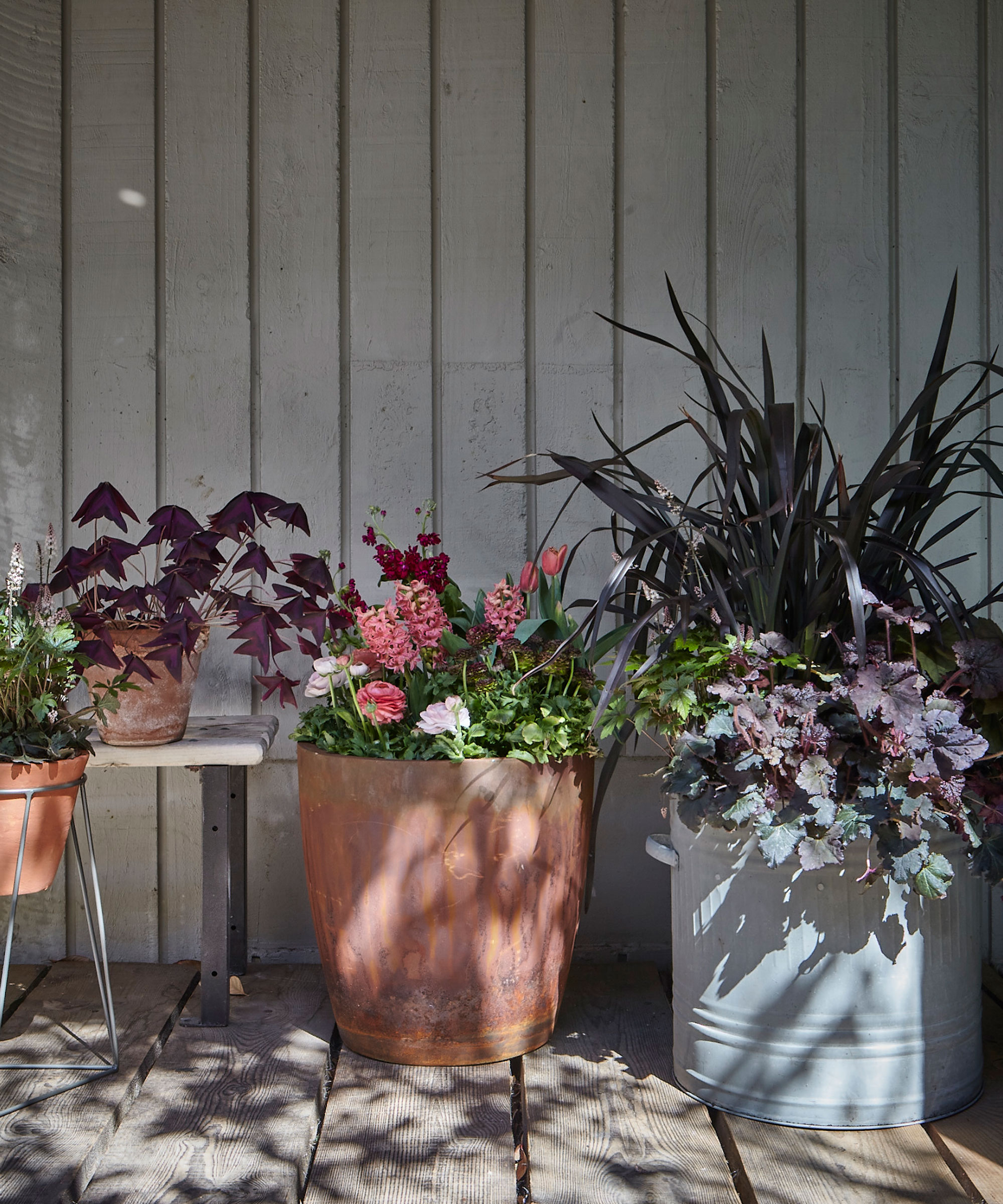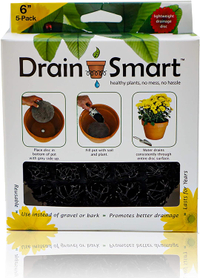I keep reading about this trick to make potted plants healthier, but these experts warn it's actually doing the opposite
You might read about a wonder hack to stop potted plants from suffering root rot, but is it actually doing more harm than good?


There are a million and one gardening hacks out there, but not all of them actually result in the effective outcomes they promise. That being said, I'm always keen to learn more about the tricks of the trade that claim to make my gardening efforts easier, and one that's been doing the rounds lately is the "sponge" hack for potted plants. The question is, does it work?
The saying goes that if you cut up sponges and place them in the bottom of your container-grown plants, they'll help soak up excess water or create a little reservoir when extra is needed. It's certainly an appealing idea, especially since overwatering is the most common mistake when it comes to container gardening. Since your plant lives within the confines of a compact pot, root rot is a common problem, even with adequate soil and drainage holes. Is this trick too good to be true, though? I set out about demystifying it.
So you don't have to risk killing your plants by testing it out, I asked some gardening experts for their insight into whether this hack is really all it's cracked up to be. Here's what they had to say.
What is the sponge trick for plants?

The sponge trick for planters supposedly works by helping your potted foliage, be that houseplants or outdoor plants, retain excess moisture by absorbing and storing it as a reserve.
'The hack involves cutting up sponges and placing them at the bottom of the planter before adding soil,' says Alex Tinsman, a gardening expert at How to Houseplant. 'The idea behind it is that the sponges will absorb excess water, slowly releasing it back into the soil as the plant needs moisture, and proponents claim that it helps prevent root rot as well as prevent soil from draining too quickly.'
In reality, though, its effectiveness has been the subject of contention, with many experts saying the idea could actually do more harm than good. So, what's the deal?
Should your put a sponge in the bottom of planter?

Is the hack really worth the hype, and if not, what's the harm? From what I've learned, it looks like a pretty hard 'no'. In fact, some go as far as saying that waterlogged sponges are actually more likely to cause root rot than prevent it.
'When water is poured into the pot, the sponge can become oversaturated and prevent proper drainage, leading to root rot and other issues,' says Richa Kedia, plant expert and blogger at Simplify Plants. 'I have personally used it but my plants didn't do well, so I'd advise against sponges as a moisture-retaining material in potted plants.'
She also notes that the excess moisture created by the sponge can lead to mold on your houseplant soil, or promote the growth of fungi and other harmful microorganisms inside your plant's soil. These diseases can then lead to the likes of mildew, leaf spot, yellowed foliage, or root rot. 'Sponges can also become heavy and dense when saturated with water, leading to soil compaction,' Alex adds. 'This compression can hinder root growth and reduce oxygen availability to the roots, potentially harming the plant.'
Instead, both Alex and Richa recommend more traditional, natural drainage materials such as gravel or sand. 'You could even make use of pebbles or broken pieces of terracotta planters at the bottom to ensure adequate drainage and healthy plant growth,' says Richa.
Are there any instances where the sponge hack is a good idea?
If you're the sort of person with a tendency to neglect your leafy friends, the thought of a moisture-retaining hack might be quite appealing. After all, who doesn't want a world where you don't have to follow a strict schedule for watering your plants? Say, for example, you have a really thirsty plant that likes regular watering and you've not been able to keep up with its needs. In such an instance, could the sponge hack actually work in your favor?
According to Alex, probably not. 'While there may be some specific scenarios where the sponge trick could be useful, such as for plants that require consistently moist soil or in temporary situations where regular watering may not be feasible, the risks associated with poor drainage and soil compaction outweigh the potential benefits,' he says.
'In general, it's best to rely on proper watering practices, using well-draining soil mixes, and ensuring proper drainage for healthy plant growth. It also helps to pay attention to factors such as plant species, pot size, and environmental conditions when determining watering requirements.'
If you're really ready to be a plant mom or dad then, you'll have to step up to your responsibilities. For an extra helping hand, you could always consider a self-watering tool such as an olla instead to make plant parenting that little bit easier. Sponges, however, receive a firm thumbs down from us.
Drain smart mesh planter discs, Amazon
These mesh discs can be cut to size and inserted into your pots in place of gravel or bark to avoid waterlogging that causes root rot.
Be The First To Know
The Livingetc newsletters are your inside source for what’s shaping interiors now - and what’s next. Discover trend forecasts, smart style ideas, and curated shopping inspiration that brings design to life. Subscribe today and stay ahead of the curve.

Lilith Hudson is a freelance writer and regular contributor to Livingetc. She holds an MA in Magazine Journalism from City, University of London, and has written for various titles including Homes & Gardens, House Beautiful, Advnture, the Saturday Times Magazine, Evening Standard, DJ Mag, Metro, and The Simple Things Magazine.
Prior to going freelance, Lilith was the News and Trends Editor at Livingetc. It was a role that helped her develop a keen eye for spotting all the latest micro-trends, interior hacks, and viral decor must-haves you need in your home. With a constant ear to the ground on the design scene, she's ahead of the curve when it comes to the latest color that's sweeping interiors or the hot new style to decorate our homes.
-
 Jeremiah Brent Captures the Grit and Glamour of NYC in His New Loloi Collaboration
Jeremiah Brent Captures the Grit and Glamour of NYC in His New Loloi CollaborationThe TV-famous interior designer looked out of his own window — and hit the pavement — for a collection that turns city spirit into tactile design
By Julia Demer
-
 This Specific Fabric Print Is Literally Everywhere Right Now — Here's Why
This Specific Fabric Print Is Literally Everywhere Right Now — Here's WhyIt's whimsical, artistic, and full of character. We've called it already: Dedar's 'Tiger Mountain' is the fabric that will define 2025
By Devin Toolen
